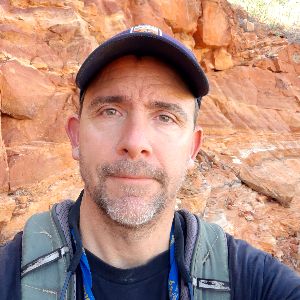
- This event has passed.
Van Tuyl Lecture: Eric Roberts, Colorado School of Mines
September 9 @ 12:00 pm - 1:00 pm

Van Tuyl Lecture, September 9, 2024, Berthoud 205, 12-1pm
Eric Roberts, Colorado School of Mines
Geology and Geological Engineering
A New High-Latitude K/PG Boundary Section from Antarctica: Implications for Plate Tectonics, Paleoclimate and the Timing and Origin of the First Bird Fossils
Abstract: This talk will present results from Antarctic fieldwork conducted over three seasons in the James Ross Basin on Vega, Seymour, Snow Hill and James Ross islands on the eastern side of the Antarctic Peninsula. The objective of this research program has been to develop a highly resolved temporal and paleoenvironmental framework for the Upper Cretaceous-Paleogene sedimentary succession in the James Ross Basin, coupled with collection of fossil vertebrates, invertebrate and plants. This is the only know ice-free Cretaceous sedimentary succession exposed in Antarctica and is thus the only window on the continent into Late Cretaceous-Paleogene sedimentary environments, paleoclimate, basin development, and floral and faunal composition. A combination of U-Pb zircon geochronology, Strontium isotope stratigraphy, palynology, and paleomagnetic stratigraphy was utilized to establish a high-resolution chronostratigraphic record for the basin, revealing a new K-Pg boundary interval on Vega Island. This talk will discuss the implications of this work and some of the important paleontological and paleoclimatic discoveries, along with our present understanding of the timing of plate tectonic movement of Antarctica to its present position, and how this influence modern paleobiogeography.
Meeting ID: 978 9279 7578
Password: 332228
Refreshments will be served.
